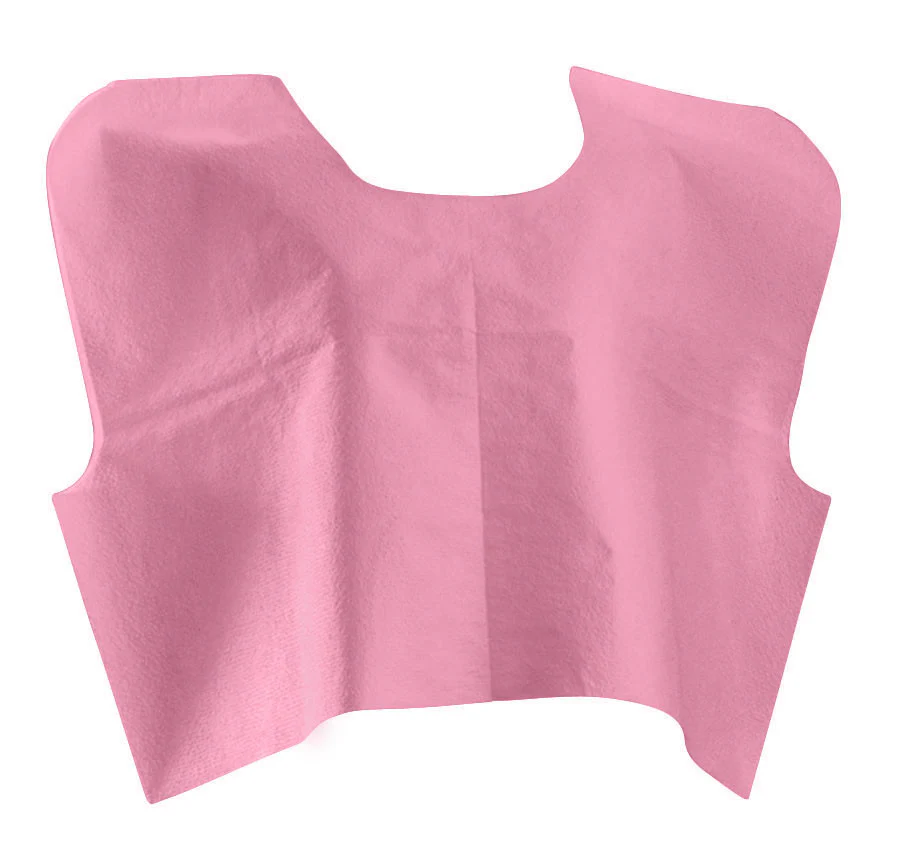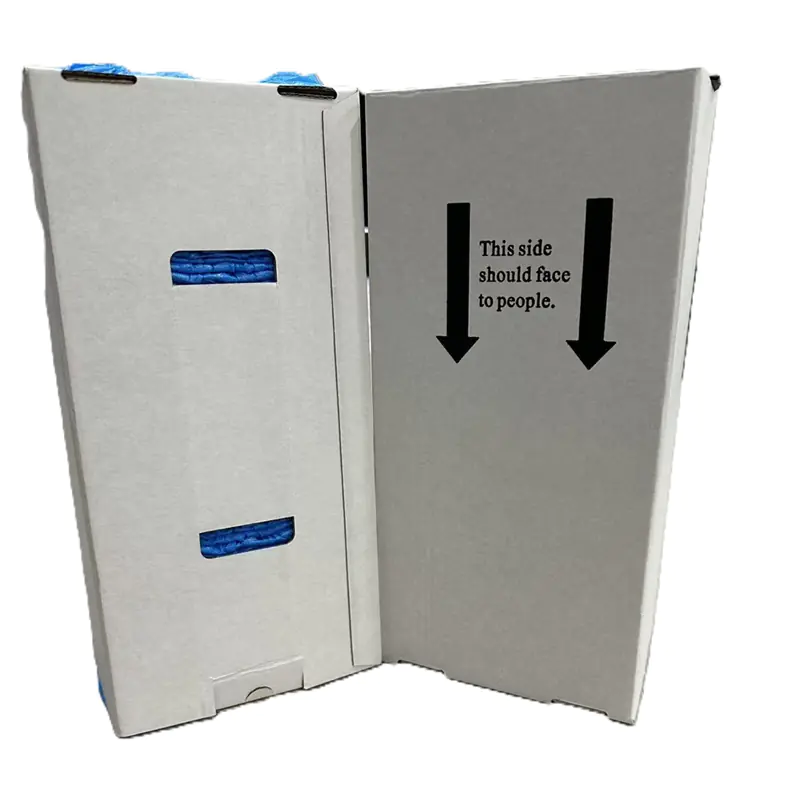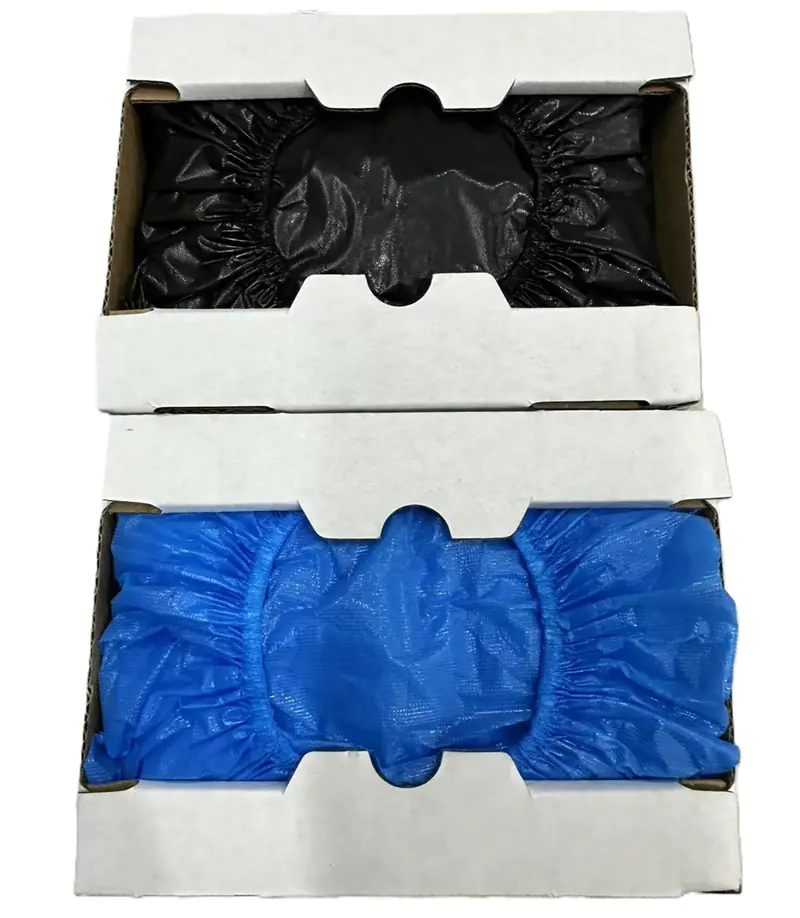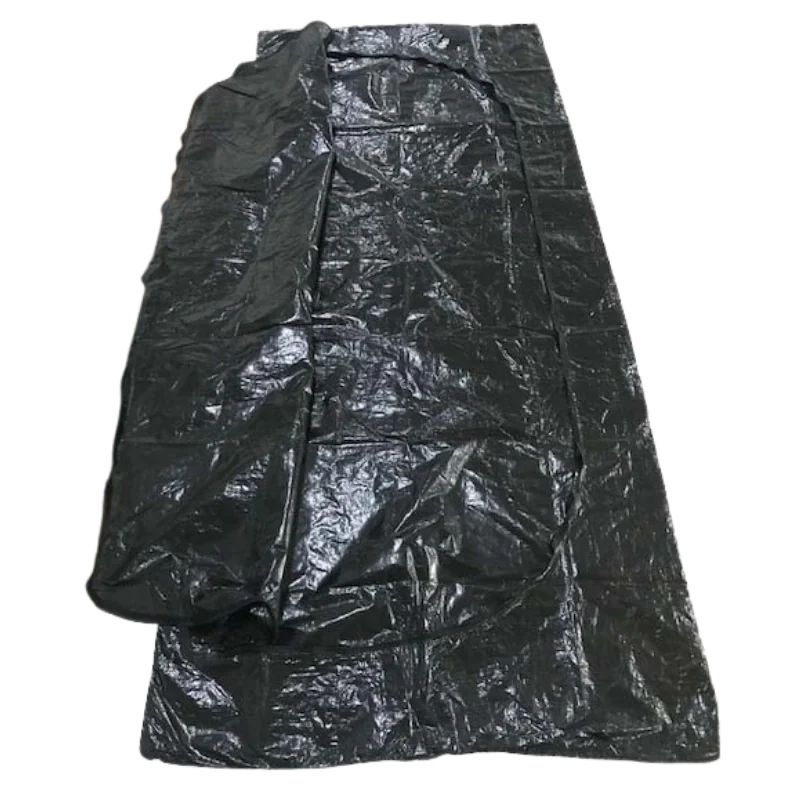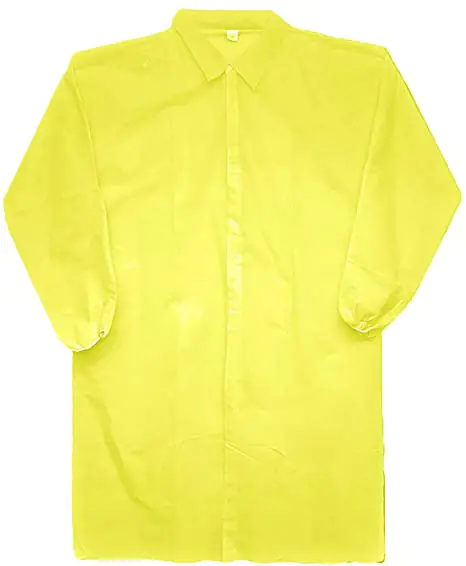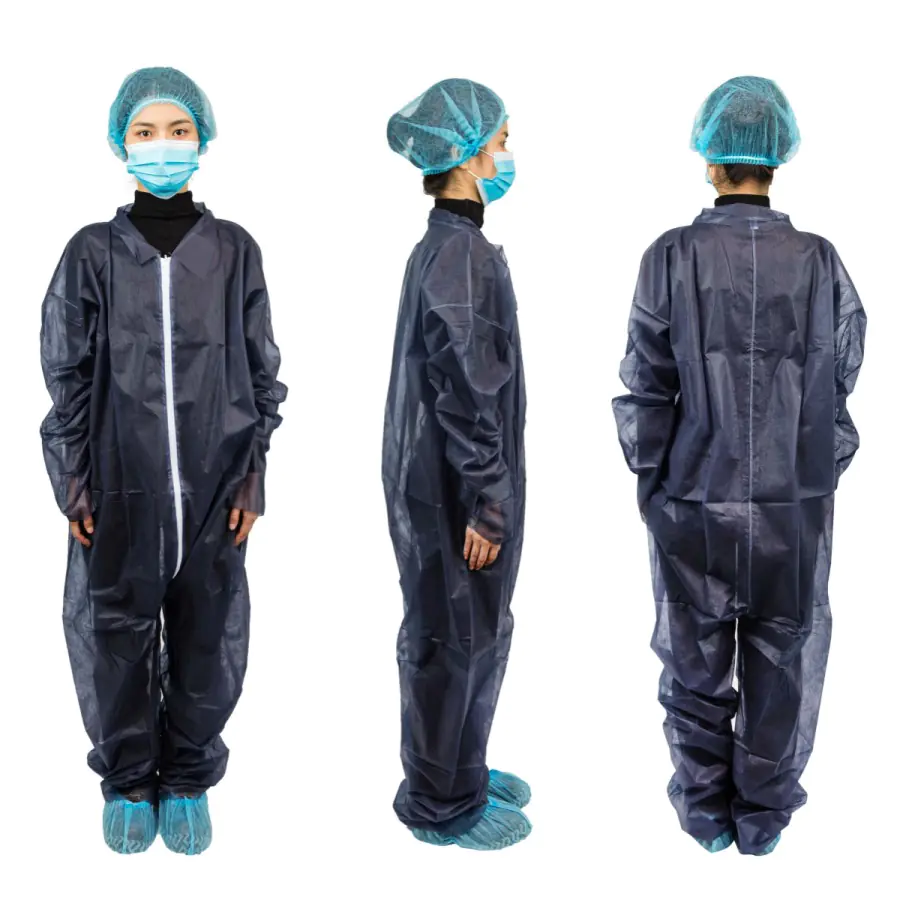Going to the doctor can make people feel nervous. What you wear during the visit matters. Doctors use special clothes like disposable patient exam capes そして disposable gowns. These help keep things clean and give you privacy. But which one is better? Let’s look at exam capes vs. ガウン to see which works best for comfort and privacy. We want good patient dignity protection.
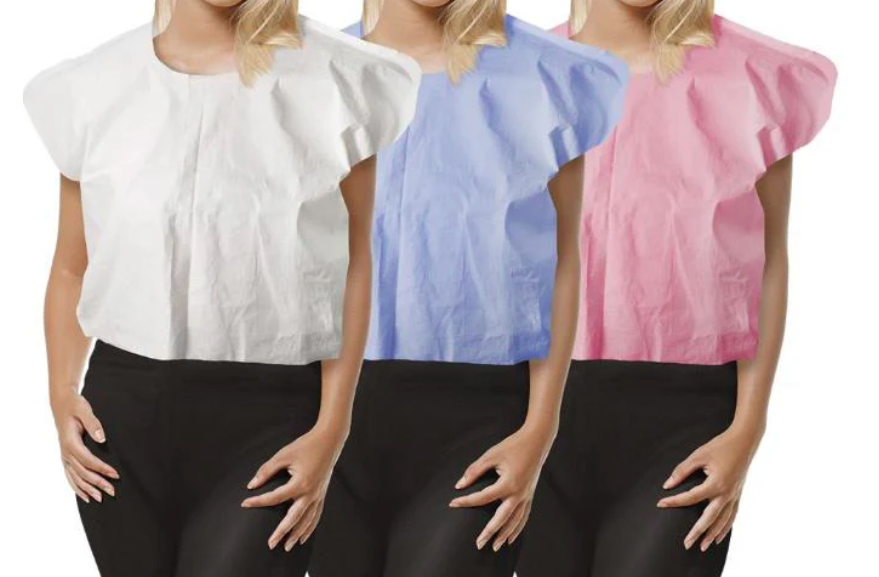
Key Differences at a Glance
What makes capes and gowns different? Let’s start with the basics.
- What They Are:
- An exam cape is usually shorter. It covers your top half. It might open in the front or back. Think of it like a short robe.
- A 使い捨てガウン is longer. It gives full-body coverage options. It often ties in the back (Back closure mechanisms). Some have Front overlap designs. They are part of disposable clinic wear. This clinical apparel comparison helps choose the right one.
- When They Are Used:
- Capes are great for quick check-ups. Maybe for a shot or listening to your heart.
- Gowns are used for longer exams. Or when doctors need to see more of your body. They are often used before surgery (Surgical vs. examination use).
- Quick Look:
| 特徴 | Exam Capes | 使い捨てガウン |
|---|---|---|
| Coverage | Top half, waist-length | Full body |
| Closures | Often no closures; drapes over shoulders, open front or back | Usually ties in back, good overlap |
| 素材 | Often lighter, thinner | Can be thicker, more layers |
| Best For | Quick exams, upper body checks | Full exams, procedures, more privacy |
Understanding these exam cape coverage areas そして disposable gown sizing helps doctors choose. Good medical draping systems make patients feel safer.
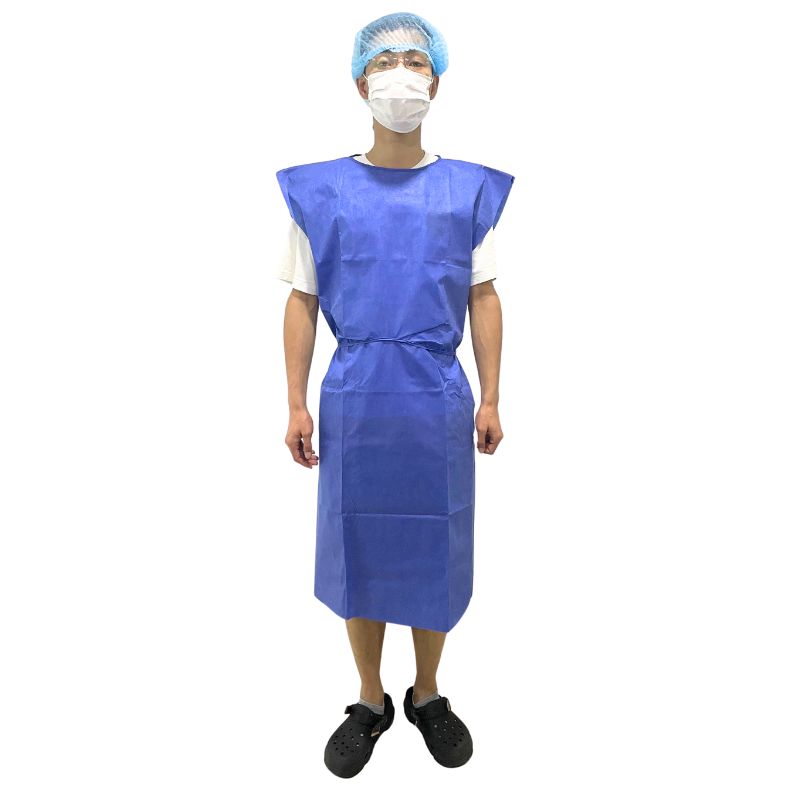
Comfort Comparison: Materials and Design
Feeling comfy during an exam is important. Let’s see how capes and gowns feel. Ergonomic garment engineering plays a role.
- Can You Breathe?:
- Materials matter for thermal comfort metrics. Good breathable medical textiles let air flow.
- Many capes and gowns use Nonwoven fabric types. A common one is SMS (Spunbond-Meltblown-Spunbond) fabric. It’s light.
- Capes often feel lighter and let more air through. They have good air flow, around 200 cm³/cm²/s.
- Some gowns, especially fluid-resistant barriers, can trap heat. Studies show skin temperature can go up 2°C more in some gowns than capes.
- Can You Move?:
- Patient mobility constraints are a factor. Capes often have side-slit accessibility or open sides. This gives good arm mobility ranges. You can move your arms easily.
- Gowns cover more, so movement might feel a bit less free. But good design helps. Some have stretchable side panels または pre-formed armholes.
- How It Feels on Skin:
- We want skin-sensitive materials. Most single-use PPE materials are Latex-free disposable wear. This helps people with allergies.
- Look for allergy-friendly linings. Some gowns have moisture-wicking liners to pull sweat away. This helps with shear force reduction too. ISO 10993 biocompatibility tests ensure materials are safe next to skin.
Privacy Protection: Coverage and Fit
Feeling covered and respected is key. This is all about modesty preservation features.
- How Much Is Covered?:
- Capes cover less. They are often waist-length. Your legs might show. This is okay for some exams but not others. Neckline coverage options vary.
- Gowns offer full-body coverage options. They go down to your knees or lower. This helps meet HIPAA-compliant designs for privacy.
- How Does It Close?:
- Adjustable fastening systems make a difference. Many exam capes don’t have ties or snaps. They simply drape over your shoulders and open at the front or back. How much privacy they give depends on how you wear or hold them.
- Gowns often use Tie-back vs. snap closures. Good gowns have back closure mechanisms that overlap well. Some use peel-away adhesive closures または touch-fastener reliability. Even Nordstrom rack closure systems (referring to secure tie designs) inspire better closures. Studies show 98% of patients feel gowns give good modesty when they overlap well.
- Seeing Through It?:
- Sometimes, transparency concerns arise with very thin, cheap capes or gowns. Good manufacturer guidelines suggest opaque materials.
- Different Needs:
- Cultural modesty considerations are very important. Cultural tailoring means offering options that respect different beliefs. Privacy enhancement designs help everyone feel secure.
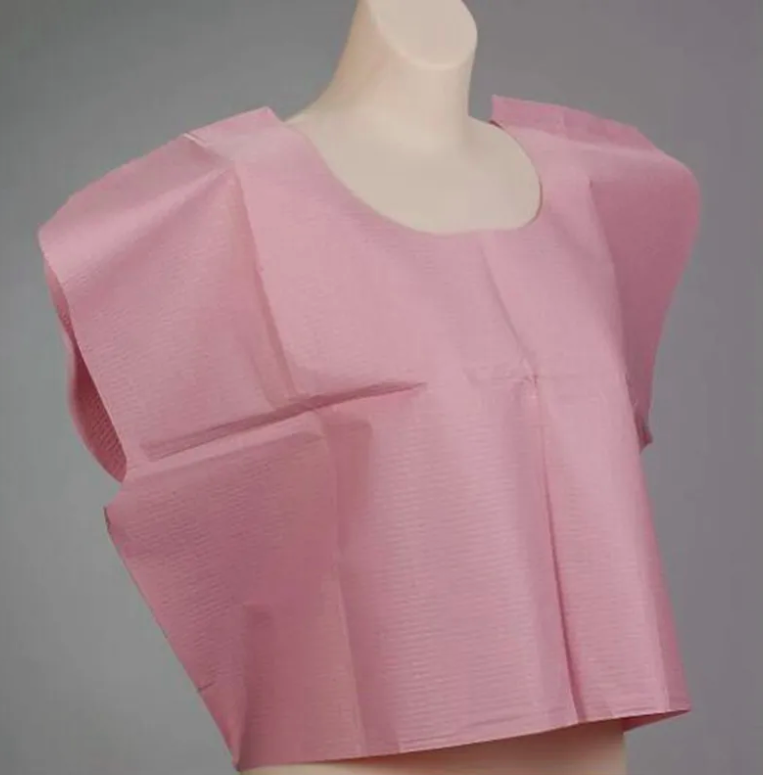
Safety and Compliance Factors
Safety is number one in healthcare. Capes and gowns must meet rules.
- Stopping Germs:
- Good infection control standards are vital. This includes cross-contamination prevention. Both items are usually single-use PPE materials to stop germs spreading.
- Gowns often offer more protection. They meet AAMI protection levels. These levels (AAMI Level 1-4 classifications, ANSI/AAMI PB70 ratings) show how well they block fluids. A Level 1 cape might resist only 10 mL of liquid, while a Level 3 gown resists 16+ mL. ISO 22610 (Liquid barrier testing) checks this.
- Using the right level helps meet OSHA Bloodborne Pathogens Standard そして CDC Isolation Precautions. Look for MDR compliance in Europe. FDA Clearances are needed in the US for medical devices.
- Staying Strong:
- Clothes shouldn’t rip easily. Look for tear-resistant fabrics . Gowns often have stronger seam durability ratings, maybe using triangulated stitching. Perforation strength testing checks for weak spots. ASTM material standards guide this.
Real-World Scenarios: Which Performs Better?
Let’s see which works best in different situations.
- Kids (Pediatric patient comfort):
- Capes can be less scary for kids. They are quicker to put on. Clinics report exams are 40% faster with capes.
- But some kids might feel cold if the cape doesn’t cover much. Gowns offer more warmth. Neonatal thermal regulation is critical for babies.
- Larger Patients (Bariatric patient adaptations):
- Gowns often come in more sizes, including larger ones for bariatric patient adaptations. Color-coded sizes help staff find the right fit quickly. Adjustable fastening systems そして elastomeric waistbands help.
- Capes might not offer enough coverage or obesity-related durability. Proper weight distribution balance in gowns can improve comfort.
- X-rays and Scans (Radiology-compatible apparel):
- Capes can be easier for some imaging. They allow quick access to the chest or back.
- Gowns might need to be moved around more. Some gowns have radiopaque markers that show up on X-rays, which must be considered.
- Other Needs:
- Surgical vs. examination use: Surgery almost always needs a sterile gown.
- Wound care compatibility: Gowns provide better barriers. Post-op dressing compatibility is easier with full coverage.
- Incision site access: Depends on location; sometimes a cape is easier, sometimes a gown with specific openings. Gowns often have better procedural accessibility needs.
- Trauma response requirements: May need quick access and strong protection, often favoring specific gowns.
- Burn unit specifications: Need special non-stick, breathable materials.
- Psychiatric ward safety: Requires tear-resistant items with no ties that could be a risk.
- Geriatric fall risks: Non-slip gowns or capes are important.
- Compression therapy needs: Gown design must allow for bandages underneath without pressure point avoidance.
- Telemetry pocket placement: Some gowns are designed to hold heart monitors, useful for hospital stays.
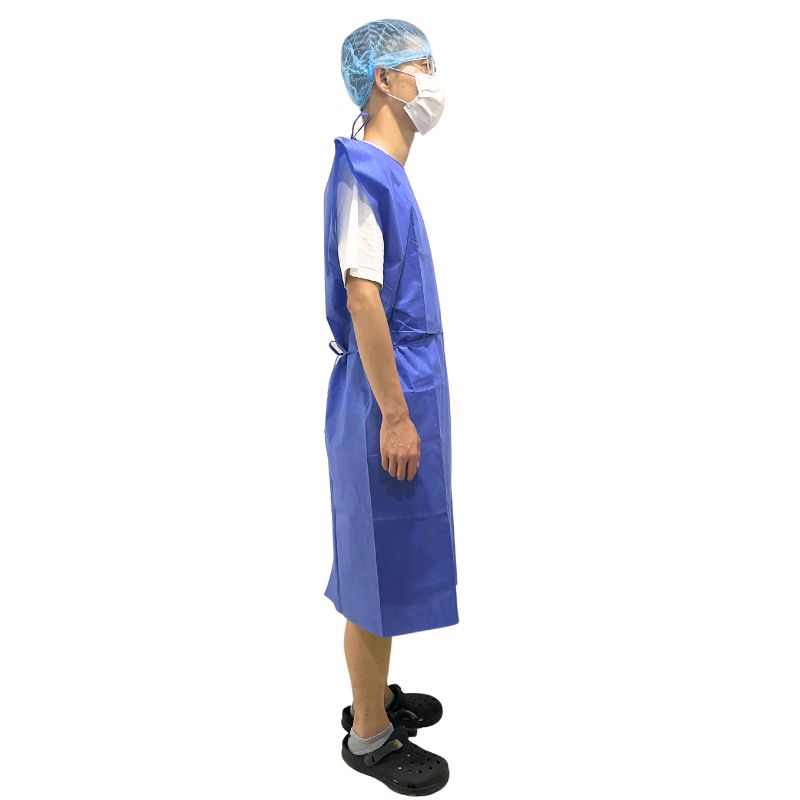
Cost vs. Patient Satisfaction
Money matters, but so does how patients feel.
- How Much Do They Cost?:
- A cost-per-use analysis shows capes are cheaper.
- Gowns cost more.
- Using disposables means laundry cost savings compared to reusable items. But disposal cost factors add up. Reusable vs. disposable debates consider total costs.
- How Do Patients Feel?:
- Patient satisfaction scores are higher when people feel comfy and respected. Good patient dignity protection reduces patient anxiety reduction.
- Patient feedback surveys show privacy is a top concern. Gowns usually score better here. Nursing staff preferences also matter. They often prefer gowns for better protection, especially in high-risk cases (88% preference found in one study). Infection rate metrics improve with proper gown use.
- Ultimately, making patients feel safe improves patient satisfaction scores.
Key Takeaways for Healthcare Buyers
Choosing between capes and gowns depends on the situation.
- Capes: Best for quick exams, upper body checks, or when arm movement is key. Good for low fluid risk. Consider a disposable non woven apron for even simpler tasks.
- ガウン: Needed for full exams, procedures with fluids (AAMI level 3 gown or higher), and maximum privacy. Reliable disposable isolation gowns are crucial here. Comfortable disposable patient gowns improve the experience.
- Hybrid Solutions: New designs are coming out. They try to mix the ease of a cape with the cover of a gown.
Think about the specific medical procedure-specific wear needed. Consider factors like tensile strength そして hydrostatic pressure resistance. Even disposable gown sizing makes a big difference for comfort. Always use items according to manufacturer guidelines.
FAQs (Answering Your Questions)
- “Do exam capes meet hospital infection control standards?” Yes, many capes meet basic standards (like AAMIレベル1). But for situations with more fluids or higher germ risk, hospitals usually require gowns with higher AAMI protection levels.
- “Can gowns be reused in emergencies?” No. Disposable gowns are made for single-use only. Reusing them increases the risk of spreading germs (cross-contamination prevention). Always follow disposal cost factors and rules. Explore options like washable isolation gear if reuse is needed, but disposable means dispose.
- “How to improve patient dignity with disposable apparel?” Offer choices when possible. Ensure proper fit (adjustable fastening systems, color-coded sizes). Use opaque materials (transparency concerns). Explain why the cape or gown is needed. Respect cultural modesty considerations. Ensure privacy enhancement designs like good back closures are used.
Choosing the right disposable clinic wear helps patients feel comfortable and safe. Whether it’s an exam cape or a gown, thinking about comfort and privacy makes a big difference. Maybe add PPE protective sleeves for extra arm protection when needed.

